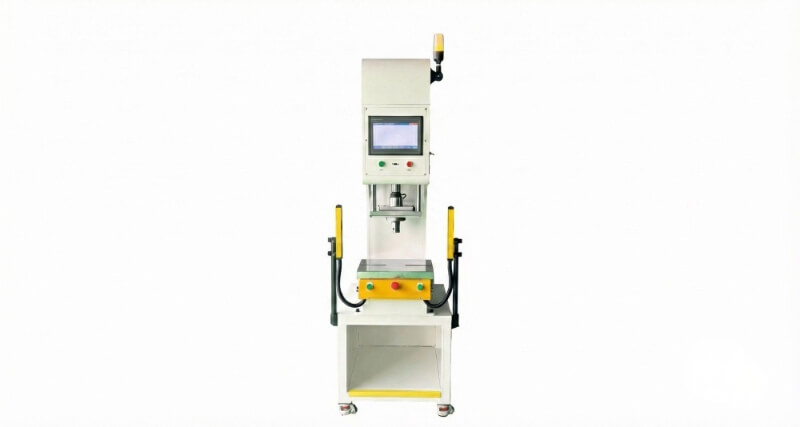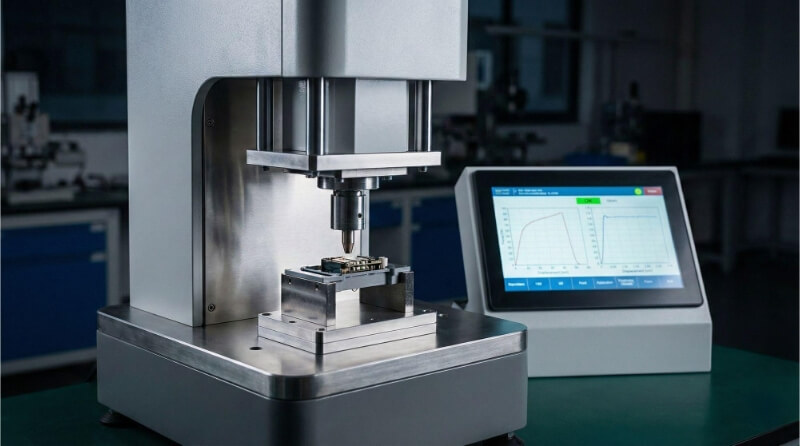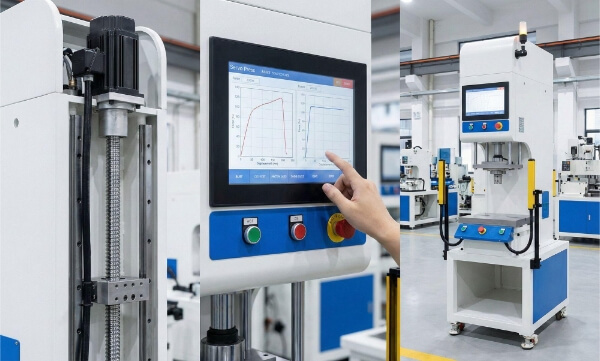Are you dealing with aluminum parts that corrode too quickly? Do you need better paint adhesion for your metal components? Are you facing conductivity issues with your aluminum surfaces? These problems cost time and money and can lead to product failure. Alodine coating offers a simple, effective solution for these common metal protection challenges.
Why is this coating the perfect solution for your next project? Let’s look at what makes Alodine unique and how it can help protect your aluminum parts.
What Is Alodine Coating?
Alodine coating, also known as chem film or chromate conversion coating, is a chemical treatment applied to aluminum. It creates a protective shield on aluminum parts. The primary purpose is to prevent corrosion, which can weaken metal parts over time. Additionally, it prepares the surface for painting or other finishes by improving adhesion.
The coating solution typically contains chromates, which react with the metal surface. Other components include fluorides, phosphates, and acids. These chemicals form a protective layer that bonds tightly to the metal.
Traditional Alodine contains hexavalent chromium, which provides excellent protection but is restricted by environmental restrictions. Newer versions use trivalent chromium or other alternatives to reduce environmental impact while offering good protection.
How does Alodine React with Aluminum Surfaces?
When Alodine is applied to aluminum, a chemical reaction occurs. The chromates in the solution react with the aluminum to form a thin, protective layer. This layer is made up of aluminum oxide and chromate compounds. It bonds tightly to the metal surface, creating a barrier against environmental factors like moisture and salt.
During the conversion process:
- The aluminum surface gives up electrons to the chromate ions
- This causes hexavalent chromium (Cr6+) to reduce to trivalent chromium (Cr3+)
- The reduced chromium forms complex compounds with aluminum and oxygen
- These compounds create a gel-like structure that solidifies into a thin film
- The final coating thickness is typically between 0.00001″ to 0.00003″
The resulting gold-to-iridescent yellow film provides a thin but effective protective layer that stops corrosion without significantly changing the part’s dimensions.
Alodine Chromate Conversion Coating Types
Alodine coatings come in different types to meet various requirements. The military specification MIL-DTL-5541 sets the standards for these coatings and classifies them based on their composition and performance.
MIL-DTL-5541 Standard (TYPE I)
Type I Alodine coatings contain hexavalent chromium (Cr6+) and offer the highest level of corrosion protection available in chromate conversion coatings. Key characteristics include:
- Contains hexavalent chromium.
- Offers superior corrosion resistance.
- Typically, it results in a gold or iridescent finish.
Type I is frequently specified for critical aerospace and military applications where performance cannot be compromised. Despite environmental concerns, it remains the standard for many high-reliability systems due to its proven protection capabilities and self-healing properties.
MIL-DTL-5541 Standard (TYPE II)
Type II Alodine coatings were developed to address environmental and health concerns associated with hexavalent chromium. These coatings are typically based on trivalent chromium (Cr3+) or are entirely chromium-free. Features include:
- Contains trivalent chromium.
- Provides good corrosion resistance.
- It often results in a clear or slightly blue finish.
Type II coatings represent the industry’s move toward more sustainable practices while providing adequate protection for many applications. They’re commonly used in commercial electronics, automotive components, and less demanding aerospace applications where environmental compliance is prioritized.
| MIL-DTL-5541 Standard | Type I | Type II |
|---|---|---|
| Chromates | Hexavalent Chromate | Trivalent Chromate |
| Class 1A | Maximum corrosion protection | Maximum corrosion protection |
| Class 3 | Improved electrical conductivity with corrosion protection | Improved electrical conductivity with corrosion protection |
How Does Alodine Coating Work?
The Alodine coating process involves several steps to ensure the metal surface is prepared correctly and treated. Here’s how it works:
Cleaning
The first step is cleaning the metal surface. Any dirt, grease, or oxidation must be removed to ensure the coating adheres properly. This is usually done using alkaline cleaners or solvents.
Etching
After cleaning, the metal is etched to create a slightly rough surface. This is done using an acidic solution, which removes a thin metal layer.
Desmutting
Etching can leave behind a residue called smut. Desmutting removes this residue using a specialized solution, ensuring the surface is clean and ready for the next step.
Alodine Bath
The metal is then immersed in or sprayed with the Alodine solution, which contains chromates or other chemicals that react with the metal surface.
Drying
Finally, the coated metal is rinsed to remove excess chemicals and dried. Depending on the application, drying can be done using air, forced air, or ovens.
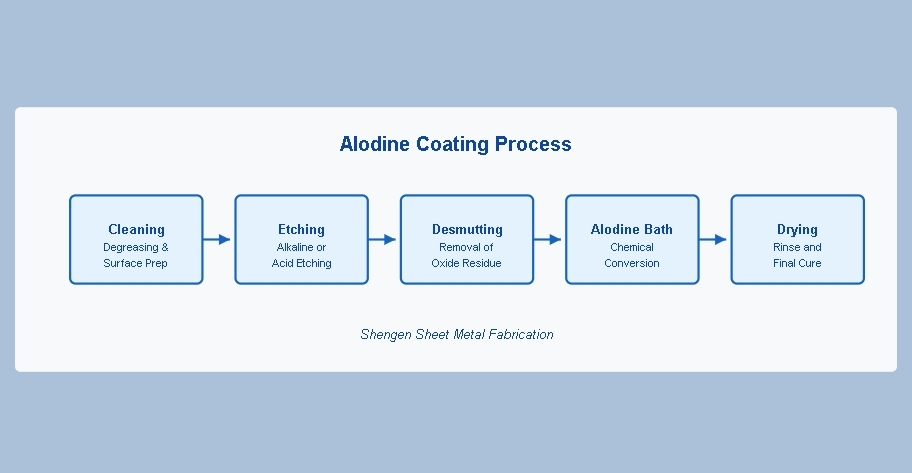
Advantages of Alodine Coating
Alodine coating offers several key benefits, making it a popular choice for protecting and enhancing metal parts. Here’s a closer look at its advantages:
Corrosion Resistance
One of the primary benefits of Alodine coating is its ability to prevent corrosion. The thin, protective layer formed during the process is a barrier against moisture, salt, and other environmental factors.
Paint Adhesion
Alodine coating creates a surface that improves the adhesion of paint and other finishes. This ensures the paint sticks better and lasts longer, even in harsh conditions.
Electrical Conductivity
Unlike some other coatings, Alodine maintains the metal’s electrical conductivity. This is especially important for electronic components and aerospace applications.
Thin Layer
Alodine coatings add only a thin layer to the metal surface, typically a few microns thick. This makes them ideal for applications where weight is a concern, such as the aerospace and automotive industries.
Challenges and Limitations
While Alodine coating offers many benefits, it also has certain challenges and limitations. Understanding these can help you make informed decisions and address potential issues effectively.
Toxicity of Hexavalent Chromium
Many Alodine coatings contain hexavalent chromium, a highly toxic substance that poses health and environmental risks if not handled properly.
Key Issues:
- It is harmful to workers if inhaled or absorbed through the skin.
- It can contaminate water and soil if not disposed of correctly.
Why It Matters:
- Requires strict safety measures and protective equipment.
- Increases costs for proper disposal and compliance.
Regulations and Industry Trends Toward Safer Alternatives
Due to the risks associated with hexavalent chromium, regulations are becoming stricter, and many industries are shifting toward safer alternatives.
Key Trends:
- Use of trivalent chromium-based coatings (Type II under MIL-DTL-5541).
- Development of non-chromate conversion coatings.
Why It Matters:
- Ensures compliance with environmental and safety regulations.
- Reduces health risks and environmental impact.
Difference Between Alodine and Anodizing
Alodine coating and anodizing are used to protect metal surfaces but differ in their processes, properties, and applications. Here’s a clear breakdown of the key differences:
Process
Alodine coating is a chemical conversion process. It involves applying a chemical solution, such as chromates, to the metal surface. This creates a thin, protective layer through a chemical reaction.
Anodizing is an electrochemical process that uses an electric current to create a thicker oxide layer on the metal surface. The metal is typically immersed in an acid electrolyte bath during this process.
Thickness
Alodine coating forms a skinny layer, usually just a few microns thick. This adds minimal weight to the metal, making it ideal for lightweight applications.
Anodizing produces a much thicker layer, ranging from 5 to 25 microns or more. While this provides more excellent durability, it adds more weight than Alodine.
Appearance
Alodine coating typically results in a gold, precise, or iridescent finish. It doesn’t significantly alter the metal’s appearance, making it suitable for applications where aesthetics are secondary.
Depending on the dyes used, anodizing can produce a wide range of colors. This makes it a popular choice for decorative finishes, especially in architectural and consumer products.
Corrosion Resistance
Alodine coating provides good corrosion resistance, making it suitable for environments with moderate exposure to moisture and salt.
Due to its thicker oxide layer, anodizing offers superior corrosion resistance. It is better suited for harsher environments, such as marine or industrial settings.
Electrical Conductivity
Alodine coating maintains the metal’s electrical conductivity. This makes it suitable for electronic components and grounding applications.
Anodizing reduces electrical conductivity because the oxide layer acts as an insulator. It is not ideal for applications where conductivity is required.
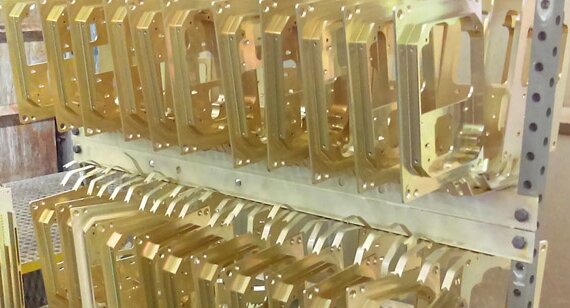
Applications of Alodine Coating
Alodine coating is widely used across various industries because it protects metal parts from corrosion, improves paint adhesion, and maintains electrical conductivity. Here’s a look at its key applications:
Aerospace Industry
In the aerospace industry, Alodine coating is essential for protecting aluminum and other lightweight metals used in aircraft components.
Examples:
- Aircraft frames and panels
- Engine components
- Landing gear parts
Automotive and Transportation
Alodine coating is also popular in the automotive and transportation sectors, where durability and weight are critical factors.
Examples:
- Engine components
- Chassis and suspension parts
- Body panels and trim
Electronics and Electrical Components
Alodine coating is valued in electronics for its ability to maintain electrical conductivity while protecting metal parts.
Examples:
- Circuit board housings
- Connectors and terminals
- Heat sinks and enclosures
Industrial and General Manufacturing
Alodine coating is also widely used in general manufacturing to protect various metal parts and equipment.
Examples:
- Machinery components
- Tools and fixtures
- Outdoor equipment and enclosures
Conclusion
Alodine coating provides a simple yet effective way to protect aluminum parts. Its combination of corrosion resistance, paint preparation, and electrical conductivity has made it a go-to surface treatment across many industries.
Don’t let corrosion or adhesion issues compromise your product quality. Let us help you find the best coating solution for your project. Contact us today for a consultation or request a quote.
FAQs
How long does an Alodine coating last?
Alodine coating can provide corrosion protection for 1-3 years in moderate environments when used alone. When used as a base for paint or other finishes, it significantly extends the lifespan of the overall coating system.
Is Alodine Coating Conductive?
Yes, the Alodine coating maintains the base metal’s electrical conductivity. This makes it ideal for electronic enclosures and EMI shielding applications that require conductivity.
Can Alodine be applied to metals other than aluminum?
While primarily used on aluminum, certain chemical film formulations can also be applied to magnesium, zinc, and cadmium. Different protective coatings are more appropriate for other metals, such as steel or stainless steel.
Does the Alodine coating need to be sealed?
Unlike anodizing, Alodine does not require a separate sealing step. However, for maximum protection, it’s often used as a base layer for paint or other coatings.
More Resources:
MIL-DTL-5541 Chemical Conversion Coating – Source: ENS
The Acid and Alkaline Clean Processes – Source: Linkedin
Hey, I'm Kevin Lee

For the past 10 years, I’ve been immersed in various forms of sheet metal fabrication, sharing cool insights here from my experiences across diverse workshops.
Get in touch

Kevin Lee
I have over ten years of professional experience in sheet metal fabrication, specializing in laser cutting, bending, welding, and surface treatment techniques. As the Technical Director at Shengen, I am committed to solving complex manufacturing challenges and driving innovation and quality in each project.

